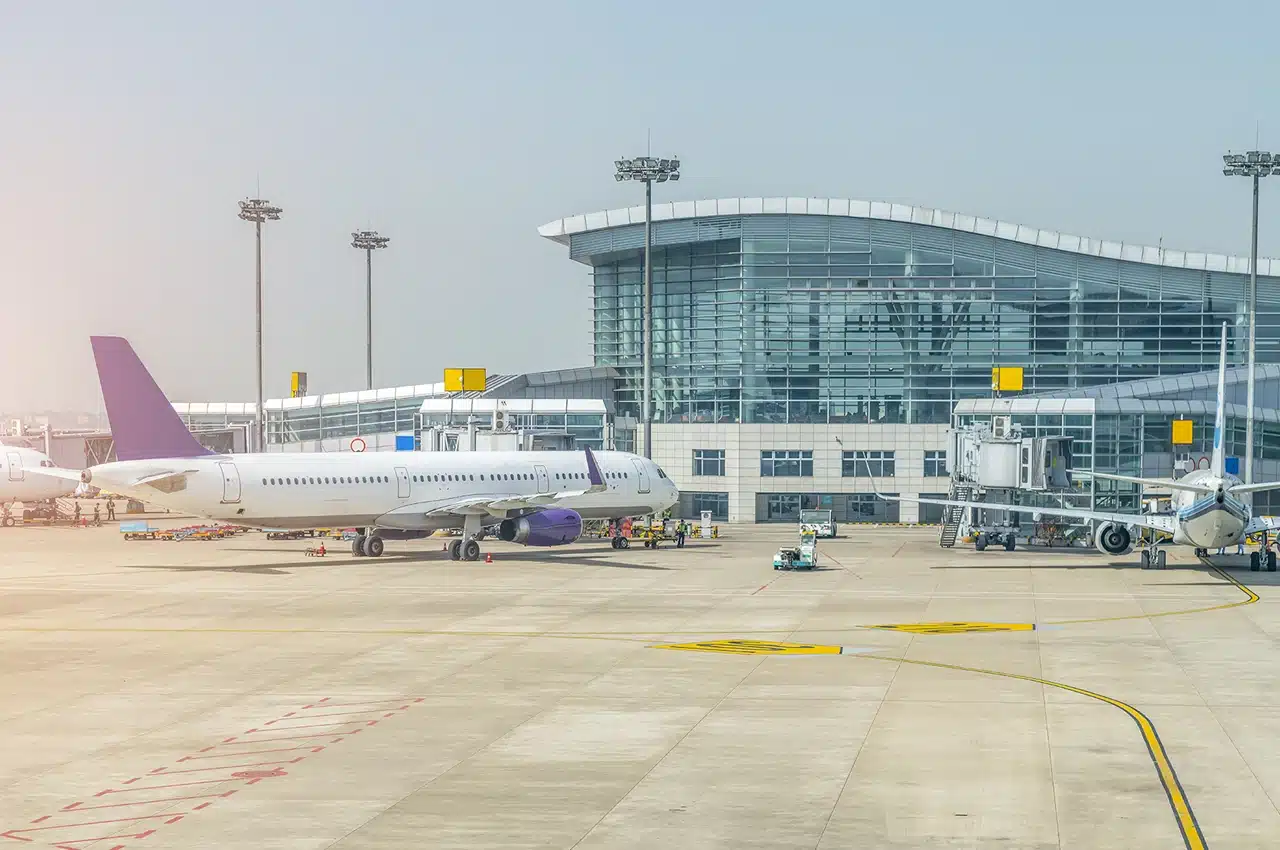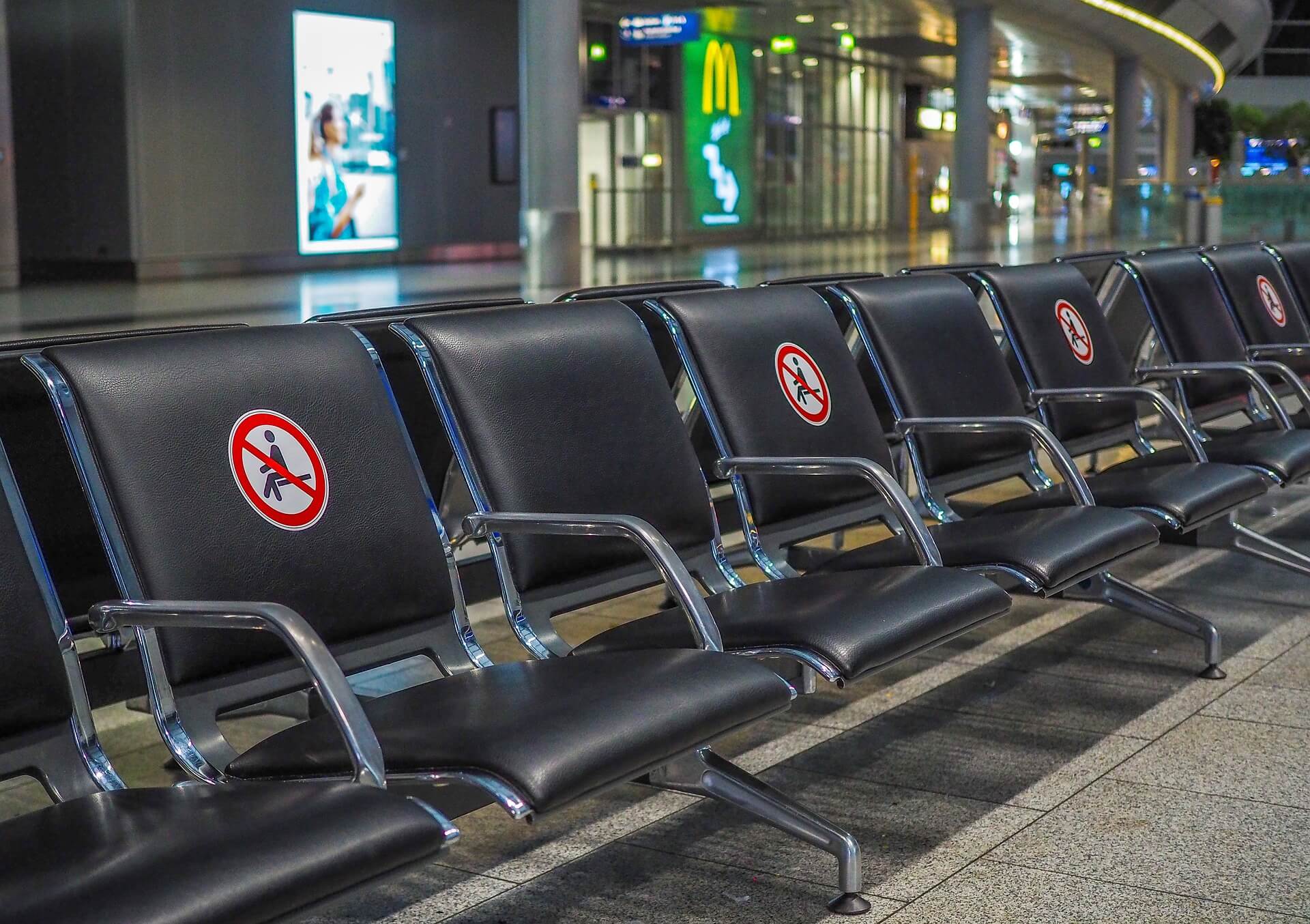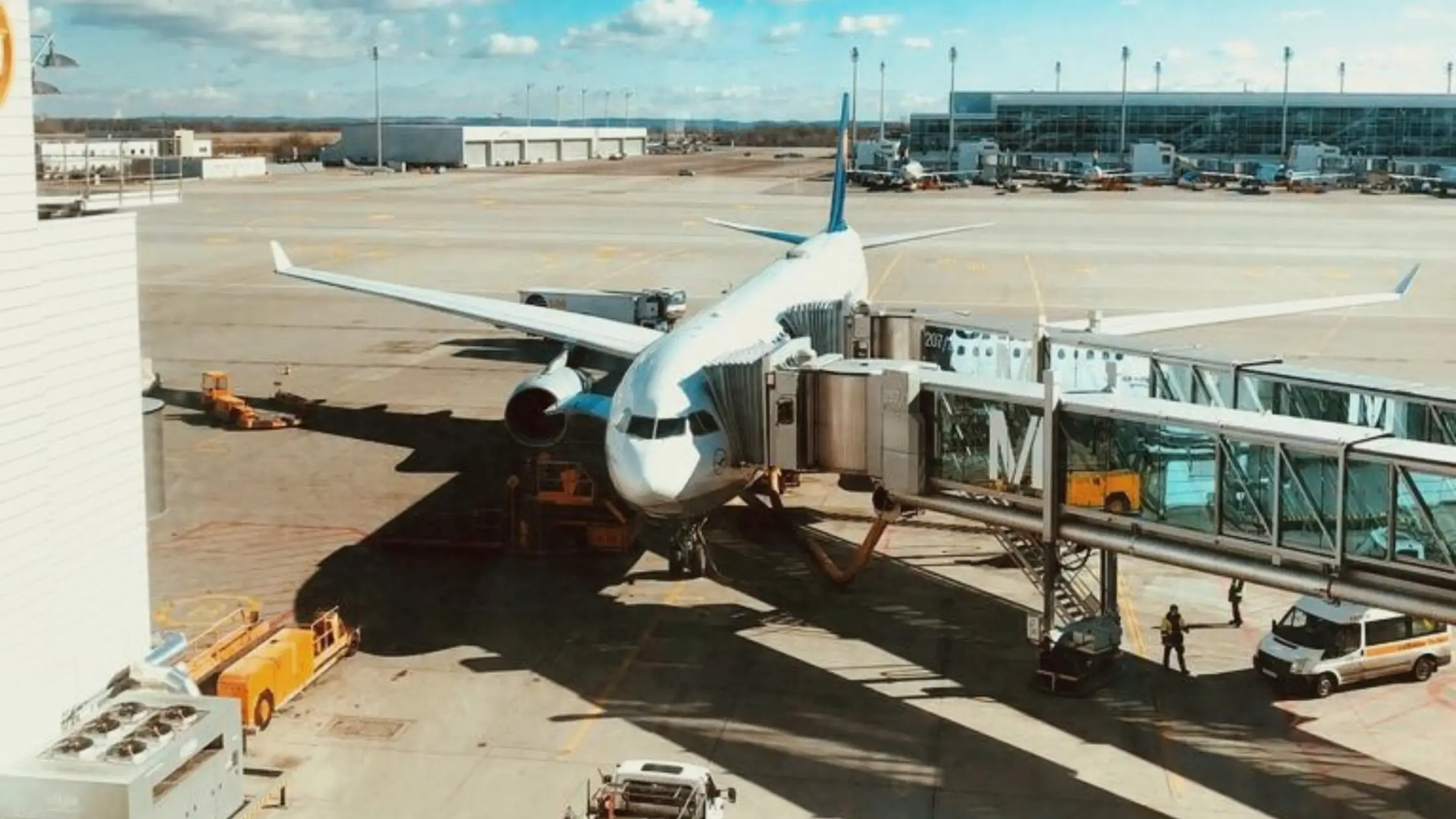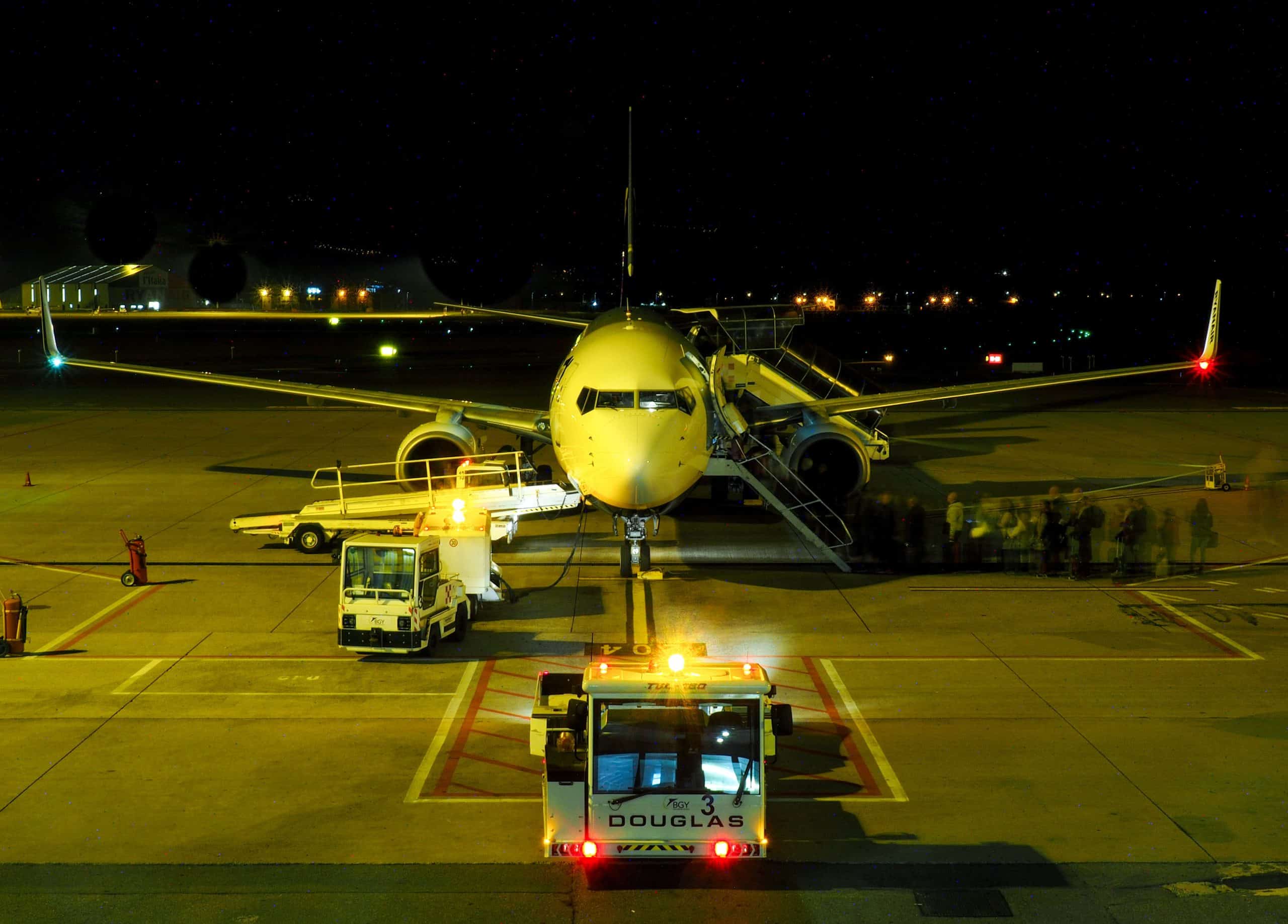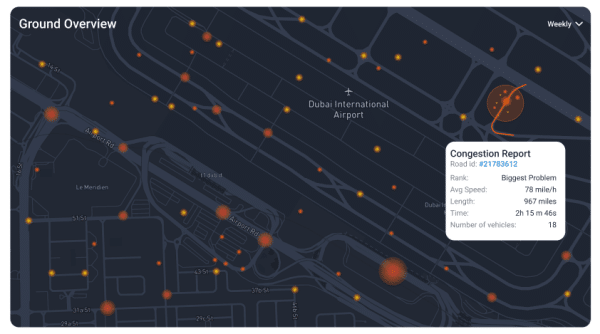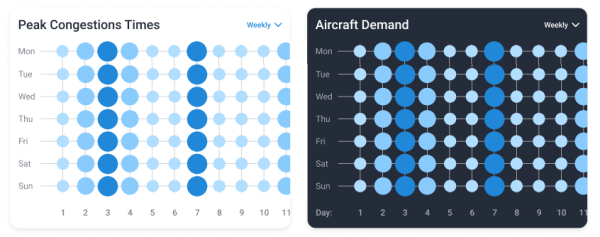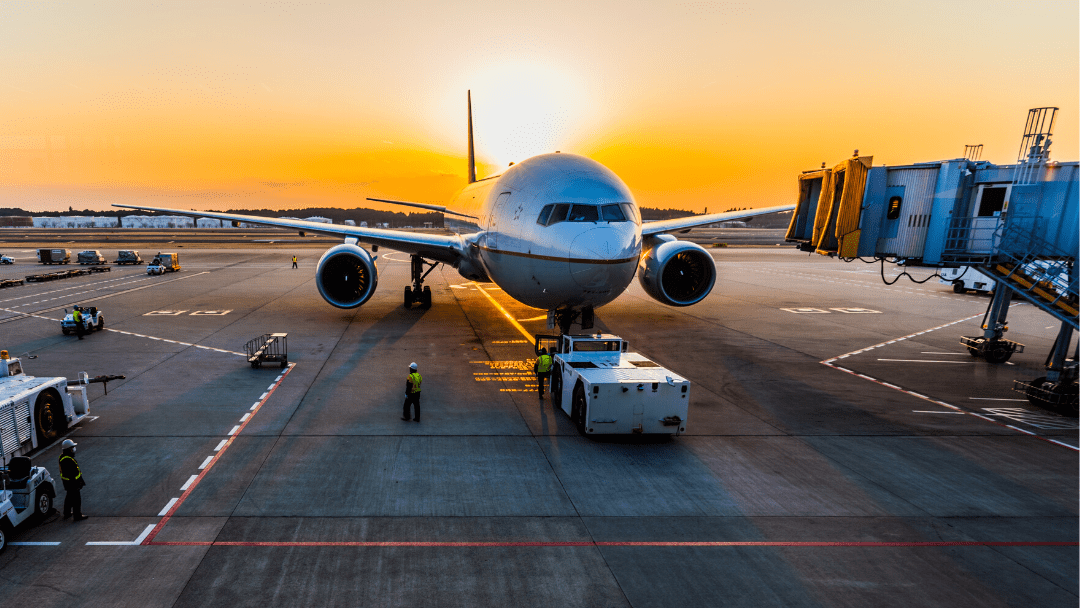Every morning at 6 AM, Sarah walks past the same sight: a $2 million aircraft tug sitting motionless in the corner of Hangar 7, covered in dust. It’s been there for three weeks. Meanwhile, across the terminal, her crew is frantically calling around looking for available tugs to handle the morning rush.
Sarah doesn’t know it yet, but she’s staring at the aviation industry’s dirtiest secret: up to 40% of airport GSE remains underutilized without proper tracking systems. While the global ground support equipment market explodes from $16.92 billion in 2024 to $31.9 billion by 2033, billions in assets sit idle, invisible to the very people who need them most.
This isn’t just Sarah’s problem—it’s happening at airports worldwide. Ghost assets that can’t be located. Manual billing that misses millions in revenue. Peak-time breakdowns that cascade into operational chaos. Equipment worth more than some airlines’ entire fleets, operating in complete darkness.
Here’s the uncomfortable truth: while the aviation world obsesses over billion-dollar aircraft efficiency, airports are hemorrhaging fortunes through invisible asset mismanagement happening right under their noses.
Sarah’s dusty tug isn’t just underutilized equipment—it’s a symbol of an industry-wide crisis that’s costing billions. But some airports have cracked the code, turning the 40% problem into a 40% advantage.
Ready to discover how?
When Invisible Assets Become Invisible Problems
Here’s what most airport executives don’t realize: your most expensive operational challenge isn’t on the runway—it’s scattered across the tarmac in plain sight.
The ground support equipment market encompasses 38,592 units in 2024, growing to 44,761 units by 2029. Each unit represents a significant capital investment, yet the majority operate without any real-time visibility or optimization.
Think about it this way: you wouldn’t fly a plane without knowing its exact location, fuel status, and operational condition. Yet that’s exactly how most airports manage millions of dollars in ground support equipment.
The Three Pillars of GSE Waste
- Utilization Blindness: Without tracking systems, airports can’t identify which equipment sits idle while operators scramble to find available assets during peak operations.
- Location Uncertainty: Equipment disappears into terminal buildings or remote areas, creating phantom shortages that trigger unnecessary purchases.
- Performance Ignorance: No usage data means reactive maintenance, surprise breakdowns, and equipment operating far below optimal efficiency.
The result? A perfect storm of waste that compounds daily across every piece of ground support equipment in your fleet.
The Billion-Dollar Blind Spot
Let’s do some quick math that’ll make your CFO nervous.
If 40% of GSE sits underutilized across a $31.9 billion global market, we’re talking about roughly $12.8 billion in wasted assets. That’s not a rounding error—that’s an industry-wide crisis hiding in plain sight.
But here’s where it gets personal: a major international airport saved $2.1 million in capital costs simply by using AI analytics to identify underused tugs and loaders, then redistributing existing assets instead of buying new ones.
The Real Cost of Operating Blind
Ghost Inventory: Airports routinely purchase equipment they already own but can’t locate. One medium-sized airport discovered they had 30% more baggage tugs than their inventory showed—equipment that had been “missing” for months.
Peak-Time Panic: During high-traffic periods, operators scramble to find equipment while perfectly functional assets sit unused in other areas of the airport.
Maintenance Mayhem: Industry average equipment downtime runs 15%, while optimized fleets achieve 96% availability through data-driven management.
The difference between operating blind and operating smart isn’t just efficiency—it’s millions of dollars in unnecessary costs and missed revenue.
The Manual Billing Money Leak
While airports struggle with equipment utilization, there’s an even bigger problem bleeding money daily: manual billing processes that miss millions in revenue.
Every service performed by GSE should generate revenue. Aircraft towing, baggage handling, ground power—these aren’t free services, yet manual tracking systems miss countless billable hours every day.
Where Revenue Disappears
Without automated tracking, airports lose money through:
- Unbilled Services: Manual logs miss services performed outside standard procedures
- Disputed Charges: Airlines challenge bills without verifiable usage data
- Administrative Overhead: Staff spend hours reconciling manual records instead of optimizing operations
- Estimate-Based Billing: Charging based on estimates rather than actual usage creates revenue gaps
The Automation Advantage: Airports implementing automated GSE tracking report immediate improvements in revenue capture. Real-time service verification eliminates disputes and ensures complete billing accuracy.
The Peak-Time Breakdown Crisis
Here’s a scenario that keeps airport operations managers awake at night: It’s Monday morning rush hour. Three international flights are arriving simultaneously. Your most reliable aircraft tug—worth $500,000—breaks down on the tarmac.
Without predictive maintenance data, this breakdown creates a cascade of delays affecting dozens of flights and costing thousands per minute in operational disruptions.
The Reactive Maintenance Trap
At San Francisco International Airport, 44% of all GSE failed safety audits in 2014, highlighting how reactive maintenance approaches create massive operational risks.
The Hidden Costs:
- Emergency repair orders cost 3-6 times normal rates
- Peak-time equipment failures create cascading flight delays
- Unscheduled downtime forces expensive equipment rentals
- Safety failures can ground entire fleets pending compliance reviews
The Predictive Solution: Modern telematics systems track engine hours, usage patterns, and performance metrics to predict maintenance needs before failures occur. This shifts operations from crisis management to optimization.
The Indoor-Outdoor Visibility Challenge
Ground support equipment doesn’t just operate on tarmacs—it moves through terminals, maintenance hangars, and cargo facilities. Traditional tracking solutions fail when equipment moves indoors, creating massive blind spots in asset visibility.
The Multi-Environment Problem
When equipment disappears into buildings, airports lose:
- Real-time location data for deployment optimization
- Usage tracking for accurate billing and maintenance scheduling
- Security oversight for theft prevention and compliance
- Performance metrics needed for fleet optimization
The Complete Visibility Solution: Advanced tracking systems combine GPS for outdoor operations with indoor positioning technology, ensuring complete asset visibility regardless of location.
The Electric Transition Opportunity
The shift toward electric GSE isn’t just about environmental compliance—it’s about operational intelligence. The electric GSE segment is growing at over 8.0% CAGR from 2024 to 2030, and these assets generate far more operational data than traditional equipment.
Beyond Green Benefits
Electric GSE provides:
- Superior performance data for optimization analytics
- Predictable operating costs through energy monitoring
- Reduced maintenance complexity with fewer moving parts
- Enhanced safety monitoring through integrated systems
Airports report up to 80% reduction in energy costs for electric GSE compared to diesel equivalents, but the real advantage lies in the operational intelligence these systems provide.
The Data Revolution Hidden in Your Fleet
Your GSE fleet generates millions of data points daily—location, usage, performance, efficiency metrics—yet most airports let this goldmine of operational intelligence go to waste.
Data analytics and technology optimization in GSE operations enables operators to reduce downtime, optimize fuel consumption, and improve maintenance scheduling.
The Intelligence Advantage
Smart airports use GSE data to:
- Predict equipment needs based on flight schedules and seasonal patterns
- Optimize deployment through real-time location and availability tracking
- Prevent breakdowns using predictive maintenance algorithms
- Maximize utilization by identifying and redistributing underused assets
The ROI Reality: Airports implementing comprehensive GSE analytics report cost savings 3-6 times their investment through improved equipment reliability and optimized operations.
Your 90-Day Solution to the 40% Problem
Solving the GSE utilization crisis doesn’t require years of planning or massive capital investment. Here’s how leading airports transform their ground operations in 90 days:
Phase 1 (Days 1-30): See Everything
- Install tracking systems across all GSE types for complete fleet visibility
- Conduct comprehensive utilization analysis to identify the worst offenders
- Establish baseline metrics for equipment usage, location, and performance
Phase 2 (Days 31-60): Connect Everything
- Integrate GSE tracking with flight information systems for predictive deployment
- Implement automated billing systems to capture all revenue opportunities
- Deploy predictive maintenance alerts to prevent peak-time breakdowns
Phase 3 (Days 61-90): Optimize Everything
- Use analytics to redistribute underutilized equipment and eliminate ghost assets
- Implement AI-powered safety monitoring for zero-accident operations
- Measure ROI and plan expansion to additional operational areas
Success Metrics: Airports following this roadmap typically see 25-40% improvements in equipment utilization, significant reductions in maintenance costs, and complete elimination of revenue leakage through automated billing.
The Competitive Reality Check
While you’re reading this, your competitors are already implementing intelligent GSE management systems. They’re turning the 40% problem into a 40% advantage—using better asset utilization to reduce costs, improve efficiency, and capture revenue you’re missing.
The question isn’t whether smart GSE management is worth the investment. The question is whether you can afford to keep operating blind while competitors build insurmountable operational advantages.
The window for competitive parity is closing fast. The airports that act now will establish operational moats that late adopters will struggle to breach.
Stop the Waste, Start the Wins
The 40% problem isn’t an industry inevitability—it’s a choice. Every day you operate without intelligent GSE management is another day of wasted assets, missed revenue, and operational inefficiency.
But here’s the encouraging reality: the solution exists, it’s proven, and it pays for itself faster than you think. The airports solving the 40% problem aren’t just cutting costs—they’re creating competitive advantages that compound over time.
Your ground support equipment can either be your biggest operational expense or your smartest competitive weapon. The choice is yours.
Ready to Solve Your 40% Problem?
“Turn your underutilized GSE fleet into a profit-generating asset with complete visibility and intelligent optimization.”
GoFleet’s Ground Support Equipment Management Solution eliminates waste through:
- Real-time asset tracking with indoor/outdoor visibility
- Automated billing systems that capture every revenue opportunity
- Predictive maintenance that prevents costly peak-time breakdowns
- AI-powered optimization that maximizes equipment utilization
- Complete integration with flight operations and maintenance systems
Stop guessing where your equipment is. Start optimizing where it should be.
Schedule Your GSE Assessment and discover exactly how much your airport could save by solving the 40% problem.
Contact GoFleet today for a personalized analysis of your GSE optimization opportunities and 90-day ROI projections.
